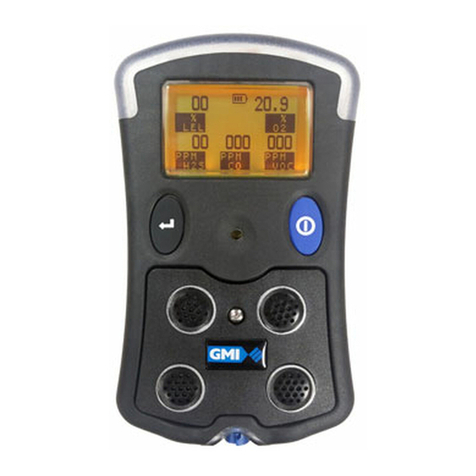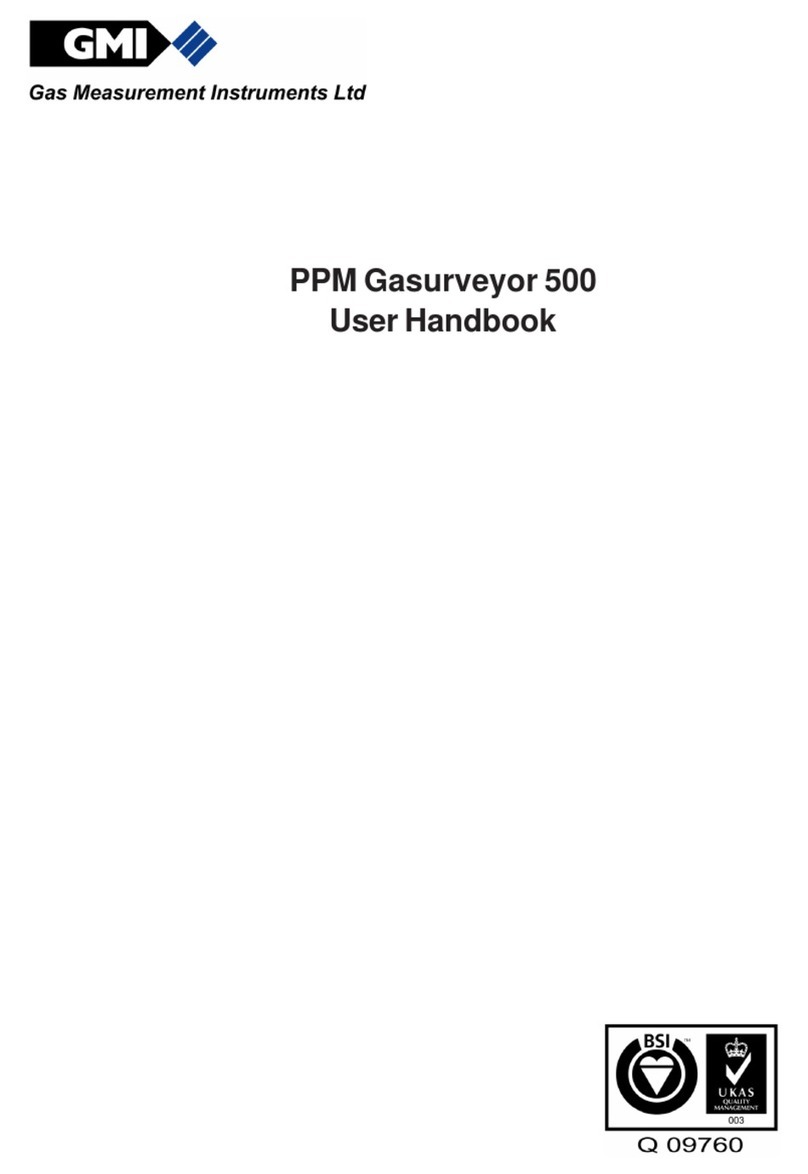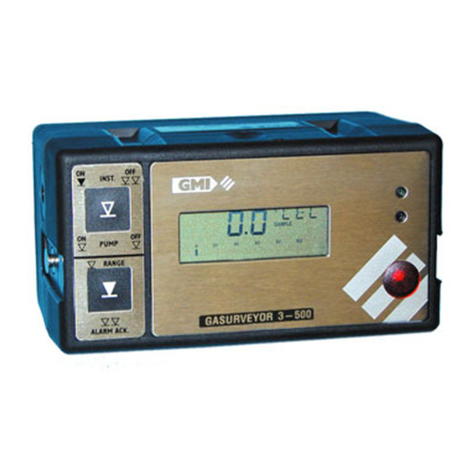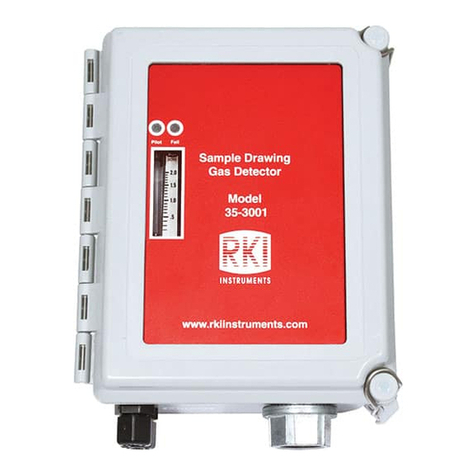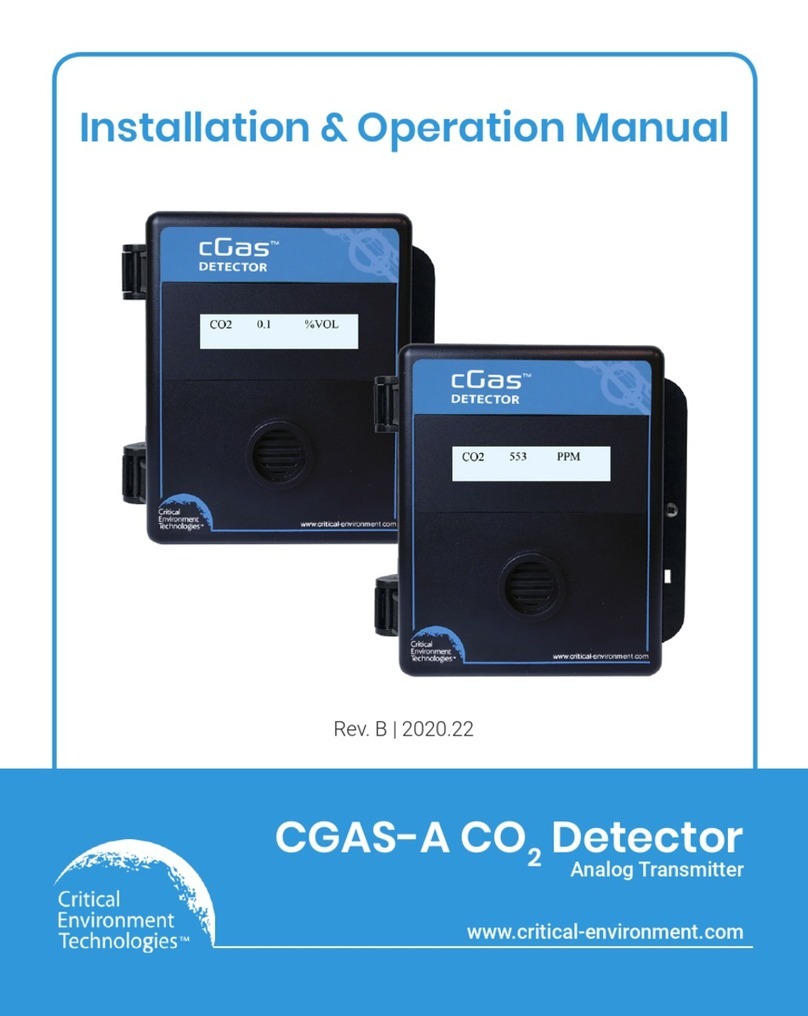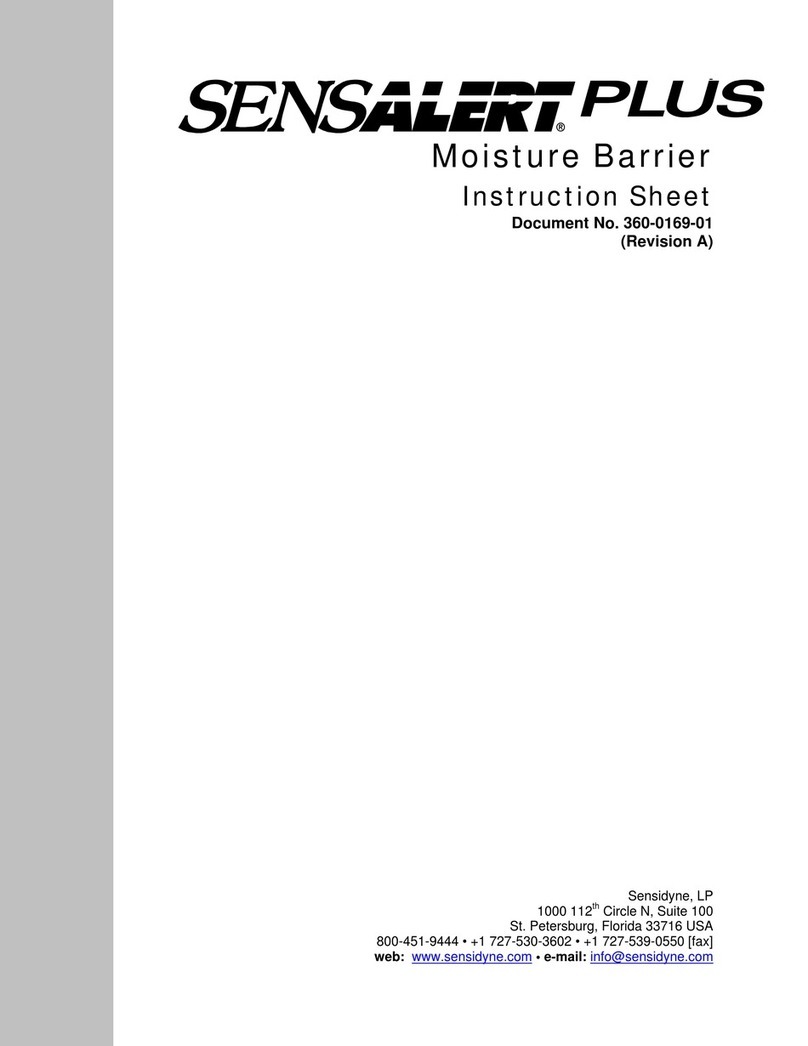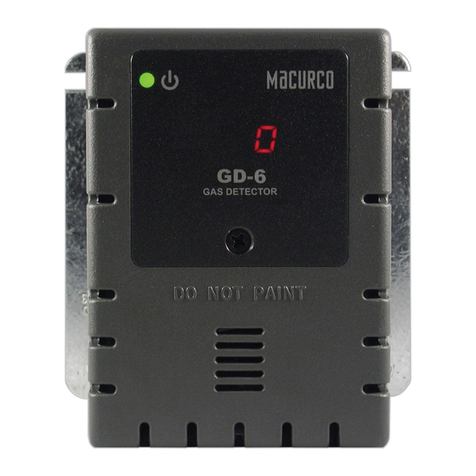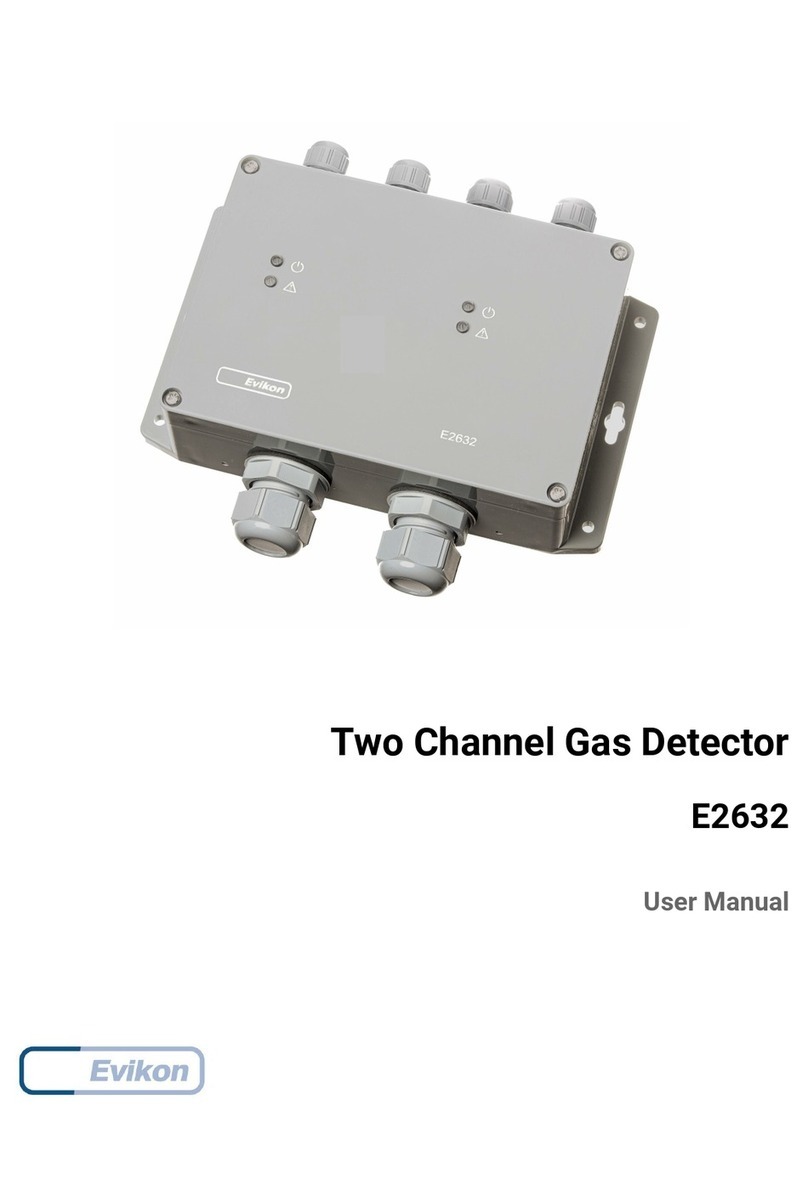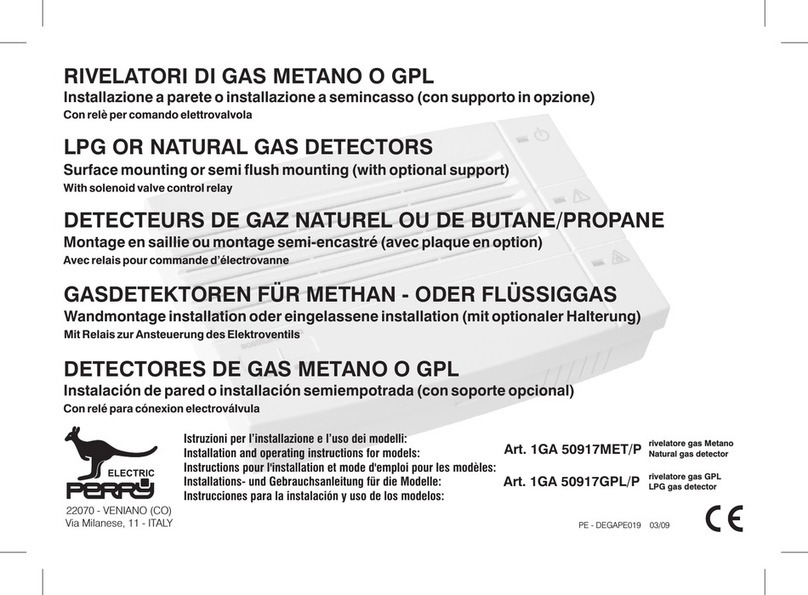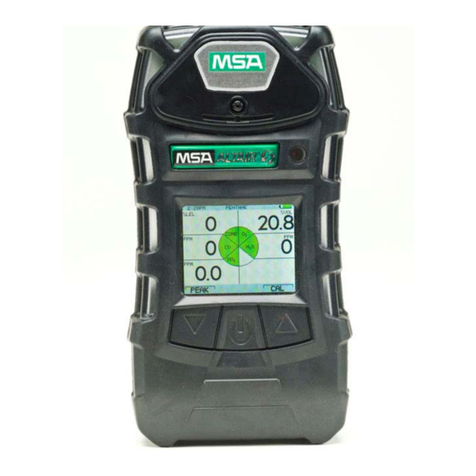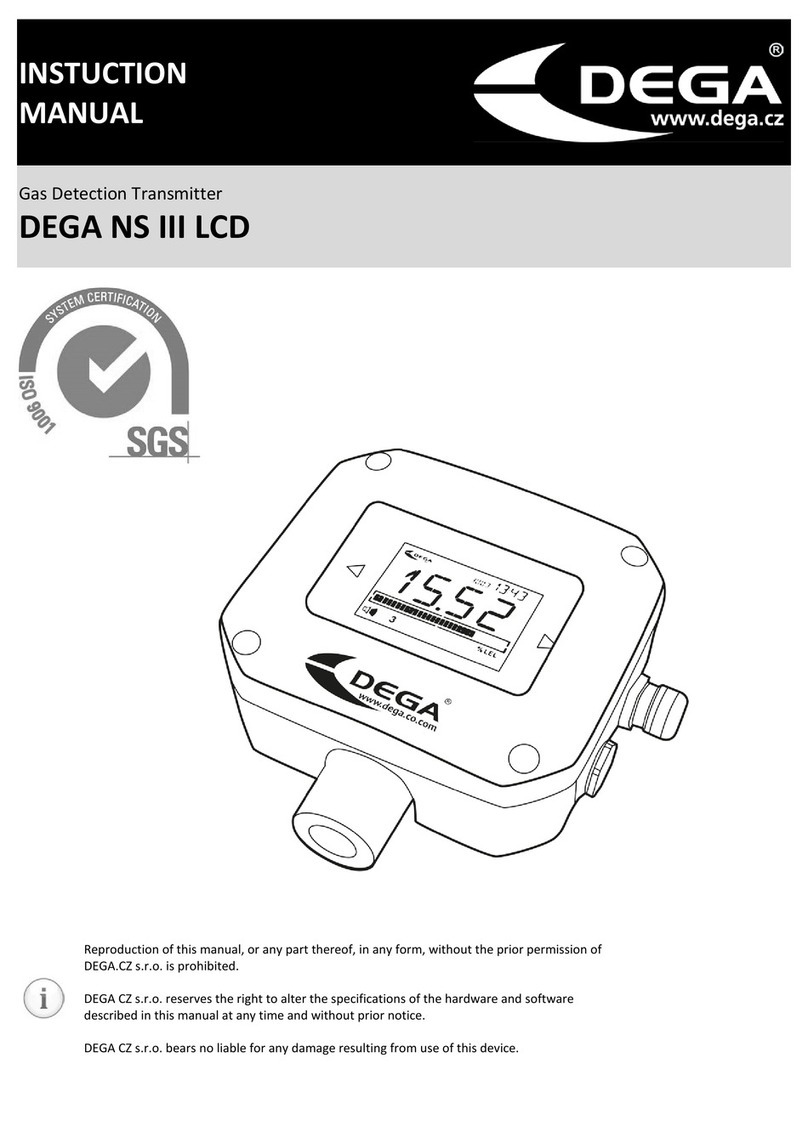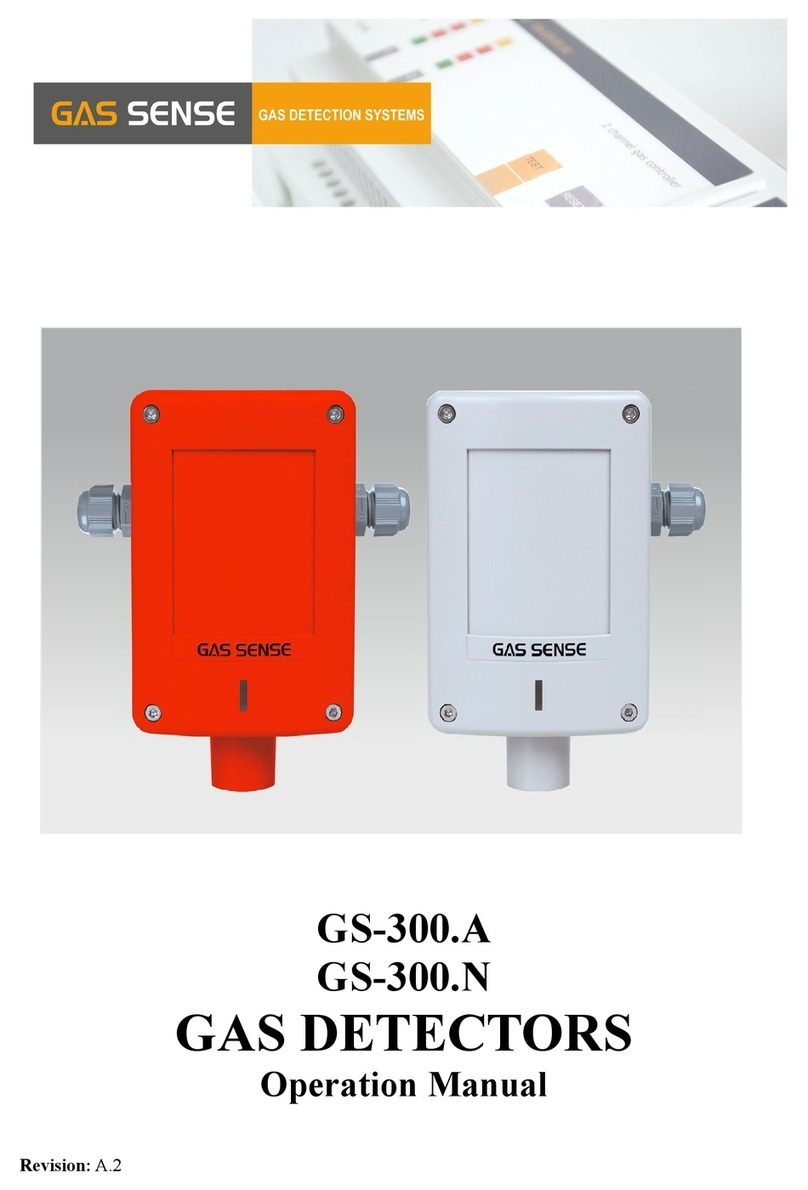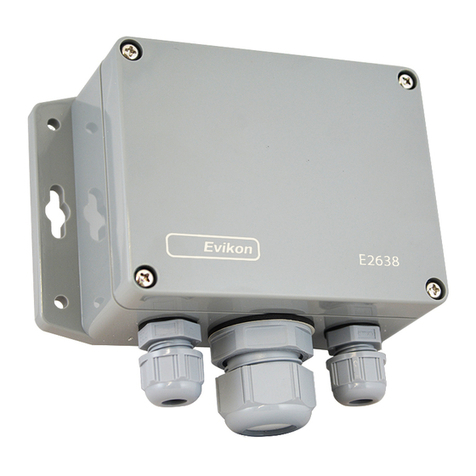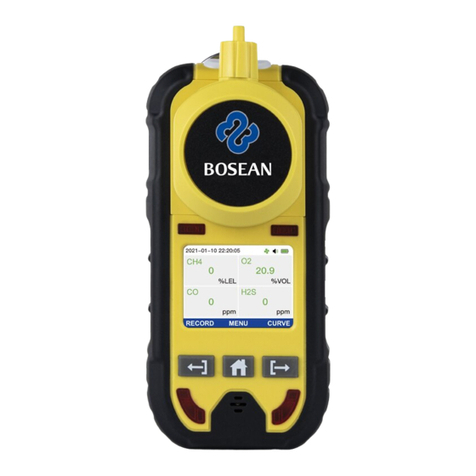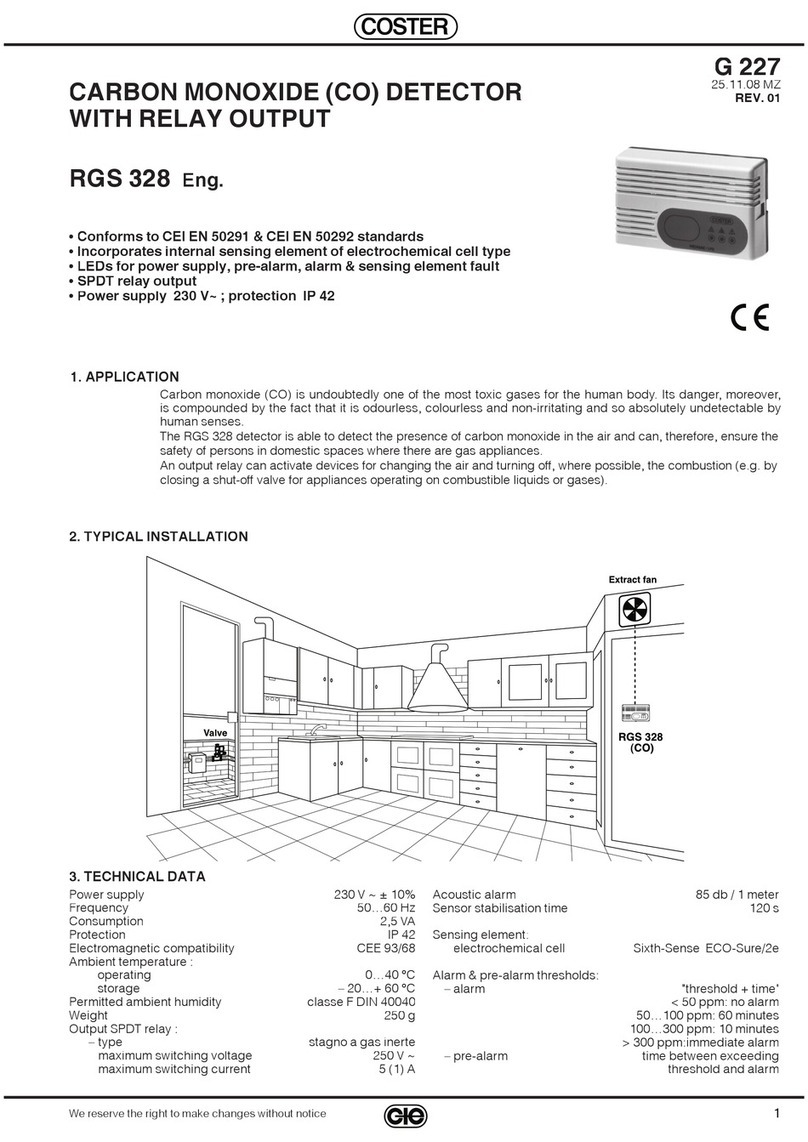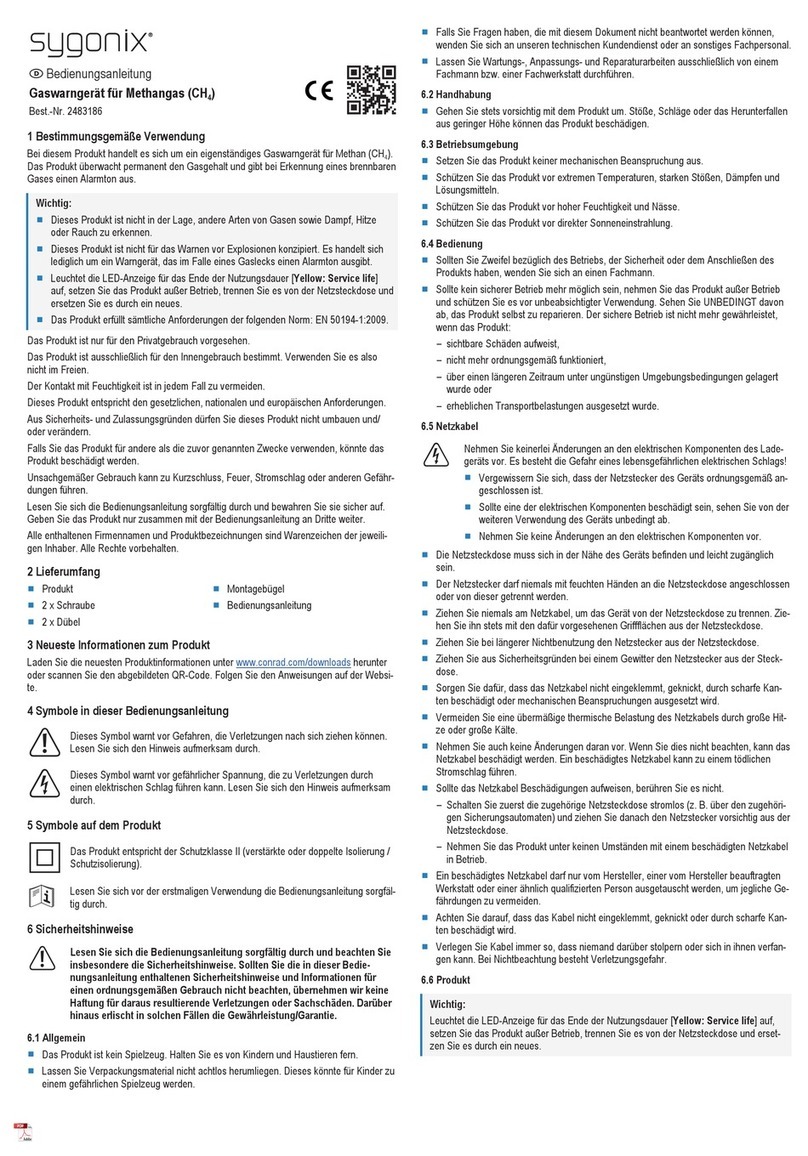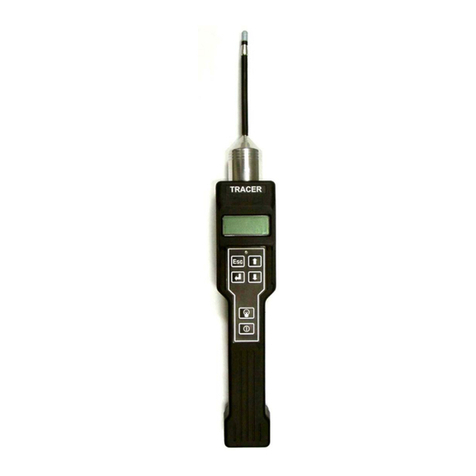
7
Modes of Operation............................................................................ 16
Gas Leak Outdoors (GLO) ............................................................................................... 17
Additional Functions ........................................................................................................ 17
Pipeline Gas Test (PGT)....................................................................................................18
Purge ...............................................................................................................................19
Search..............................................................................................................................19
Barhole Testing ................................................................................................................20
Conned Space Monitoring (CSM) ..................................................................................22
Alarms ................................................................................................. 24
Alarm Acknowledge.........................................................................................................24
Gas Alarm Types ..............................................................................................................25
Alarm Mute......................................................................................................................27
Condence Signal ...........................................................................................................27
Fault Alarm Types.............................................................................................................28
Battery / Charging............................................................................... 30
Replacing Alkaline Batteries.............................................................................................30
Recharging the Battery Pack............................................................................................32
Replacing the Battery Pack ..............................................................................................35
Maintenance........................................................................................ 36
Cleaning...........................................................................................................................36
Probe Handle Filter Replacement....................................................................................36
Replacing the Dust Filter .................................................................................................37
BumpTest (Optional) .......................................................................... 38
Automatic Bump Test ......................................................................................................38
Manual Bump Test ...........................................................................................................38
Calibration........................................................................................... 41
Automatic Calibration ......................................................................................................41
Manual Calibration ...........................................................................................................41
Calibration Validity............................................................................................................41




